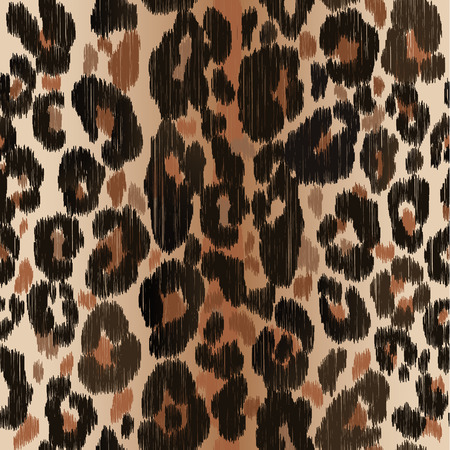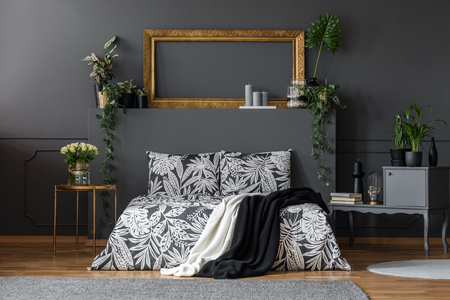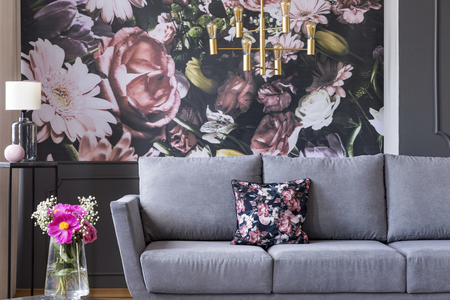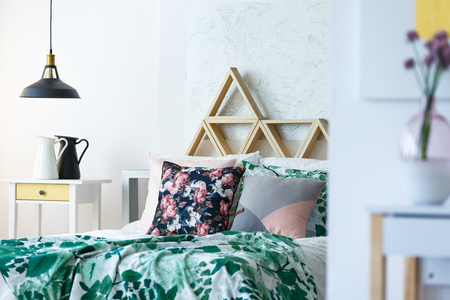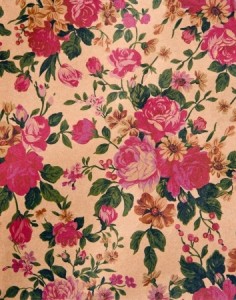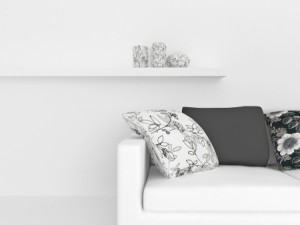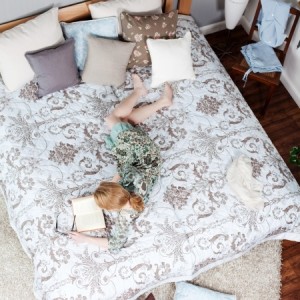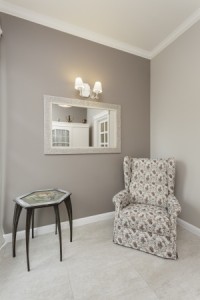
How to use color to convey in interior design
In Part 1, we began our discussion about the psychology of color. Using color to expertly influence the way people experience a space is a very powerful tool. Have you ever visited a model home and been stunned by how serene the bedroom is or how welcoming the family room is? That’s because professional interior designers know exactly how to use color to create a room that makes you say, “This space is absolute perfection!”
Now you can give it try too, by using our handy guide to what colors mean. Have fun with it, and try to get creative by thinking of ways to combine colors for an overall effect. For example, rather than just choose light pink because you want a room to feel youthful, combine it with aqua so it also feels dreamy! The possibilities are endless, have fun!
Light & Medium Colors
White – innocence, purity, clean, new
Amethyst – restorative, protective, peaceful
Aqua – water, refreshing, cleansing, young, cool, dreamy, soft, light
Ivory – classic, neutral, soft, warm
Light Blue – calm, quiet, patient, peaceful, cool, aquatic, clean
Light Pink – romantic, affectionate, compassionate, soft, sweet, tender, delicate, innocent, youthful
Light Yellow – cheery, soft, sunny, warm, sweet, easy going, pleasant
Light Green – calm, quiet, soothing, airy
Peach – nurturing, soft, funny, delicious, fruity, sweet, fragrant, inviting, warm, comfortable, modest

